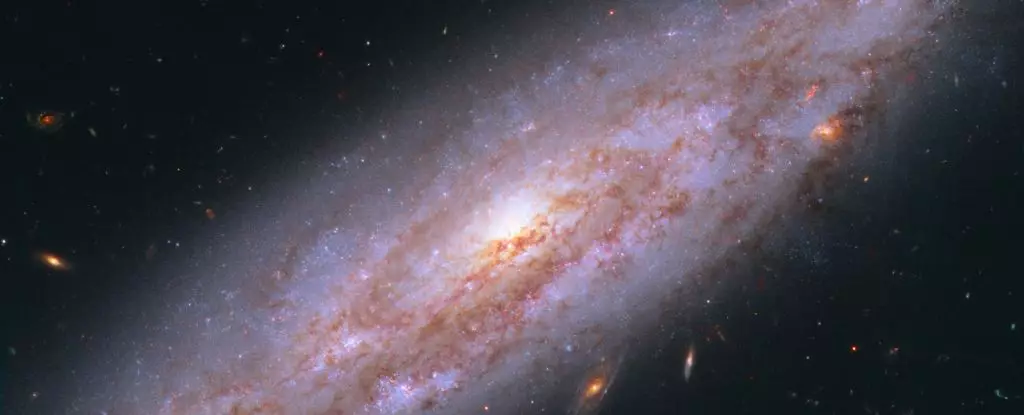The expansion speed of the Universe has long been a subject of fascination and debate among astronomers and physicists alike. Recent measurements using the James Webb Space Telescope have shed new light on this complex issue, offering insights that could potentially resolve a longstanding discrepancy in our understanding of the accelerating expansion of the Universe.
The Hubble tension, also known as the biggest crisis in cosmology, refers to the discrepancy between measurements of the accelerating expansion of the Universe obtained from different sources. The recent measurements using three different types of stars suggest that the local Universe is moving away from us at a rate of approximately 70 kilometers per second per megaparsec. While these findings are promising, further research is needed to definitively resolve the Hubble tension.
In order to calculate the Hubble constant, astronomers rely on two types of observables: standard rulers and standard candles. Standard rulers, such as the cosmic microwave background and baryon acoustic oscillations, provide accurate distance measurements from the early Universe. On the other hand, standard candles, including Cepheid variable stars and Type Ia supernovae, offer insights into the expanding rate of the nearby Universe. The discrepancy between these two types of measurements has been a point of contention in cosmology.
Astronomer Wendy Freedman and her team have been conducting research on the Hubble constant using TRGB stars, which are stars at the tip of the red giant branch known for their uniform size and brightness. By combining data from various instruments, including the James Webb Space Telescope, Freedman and her colleagues obtained measurements that align with the Hubble tension. The agreement between measurements from different types of stars is a positive indication that progress is being made in addressing this longstanding issue.
While the new measurements offer hope for resolving the Hubble tension without the need for major revisions to existing theories, more research is essential. The discrepancies between different observables suggest that additional measurements and cross-checking are necessary to confirm the accuracy of the findings. The quest to understand the expansion speed of the Universe is far from over, and the search for potential new physics continues.
The recent measurements of the Universe’s expansion speed using TRGB stars and other types of stars represent a significant step forward in our understanding of cosmology. While the Hubble tension remains a challenging problem, the findings offer a glimmer of hope for a resolution in the future. By continuing to explore new methods and technologies, astronomers and physicists can unravel the mysteries of the Universe’s expansion and potentially discover new insights into the nature of our existence.


Leave a Reply